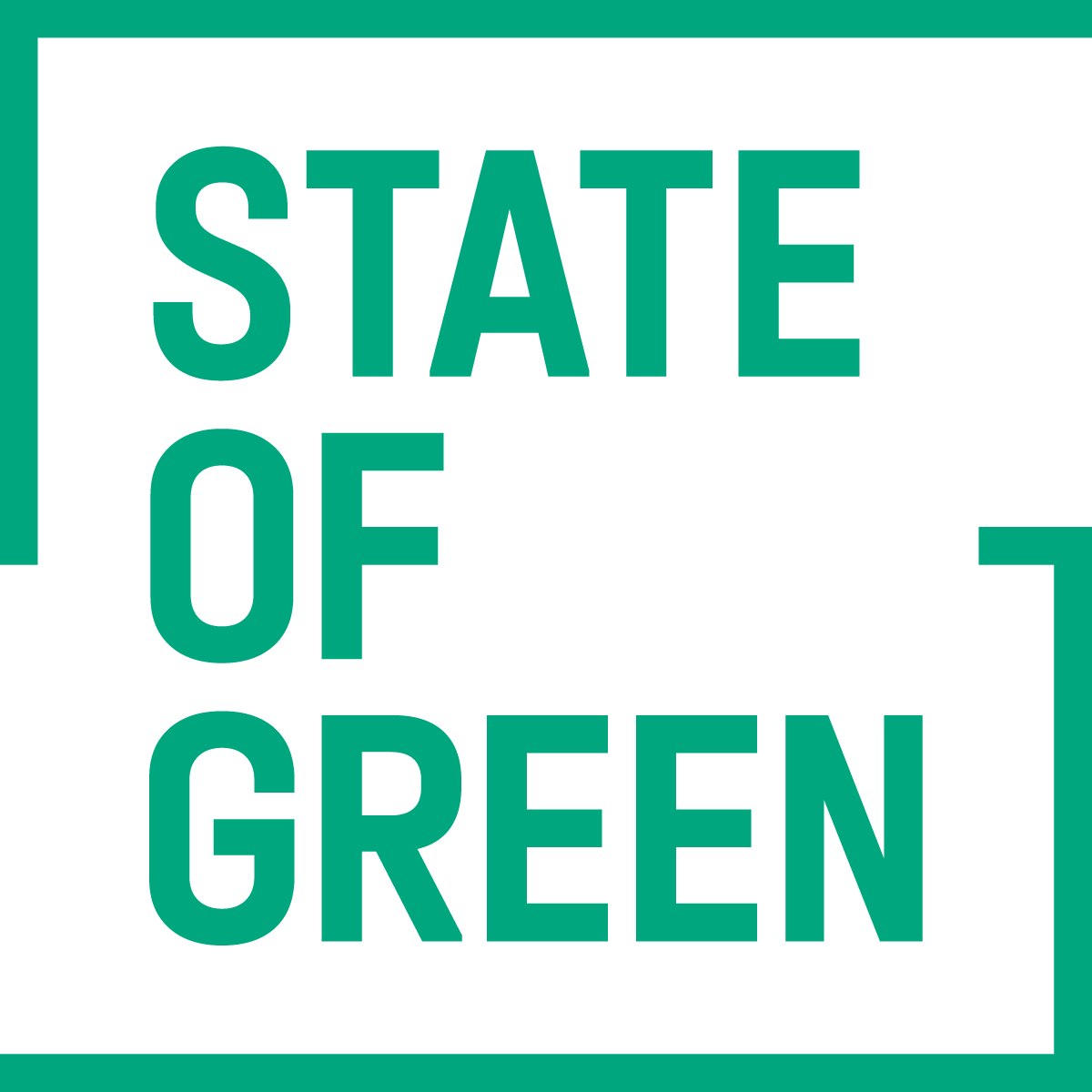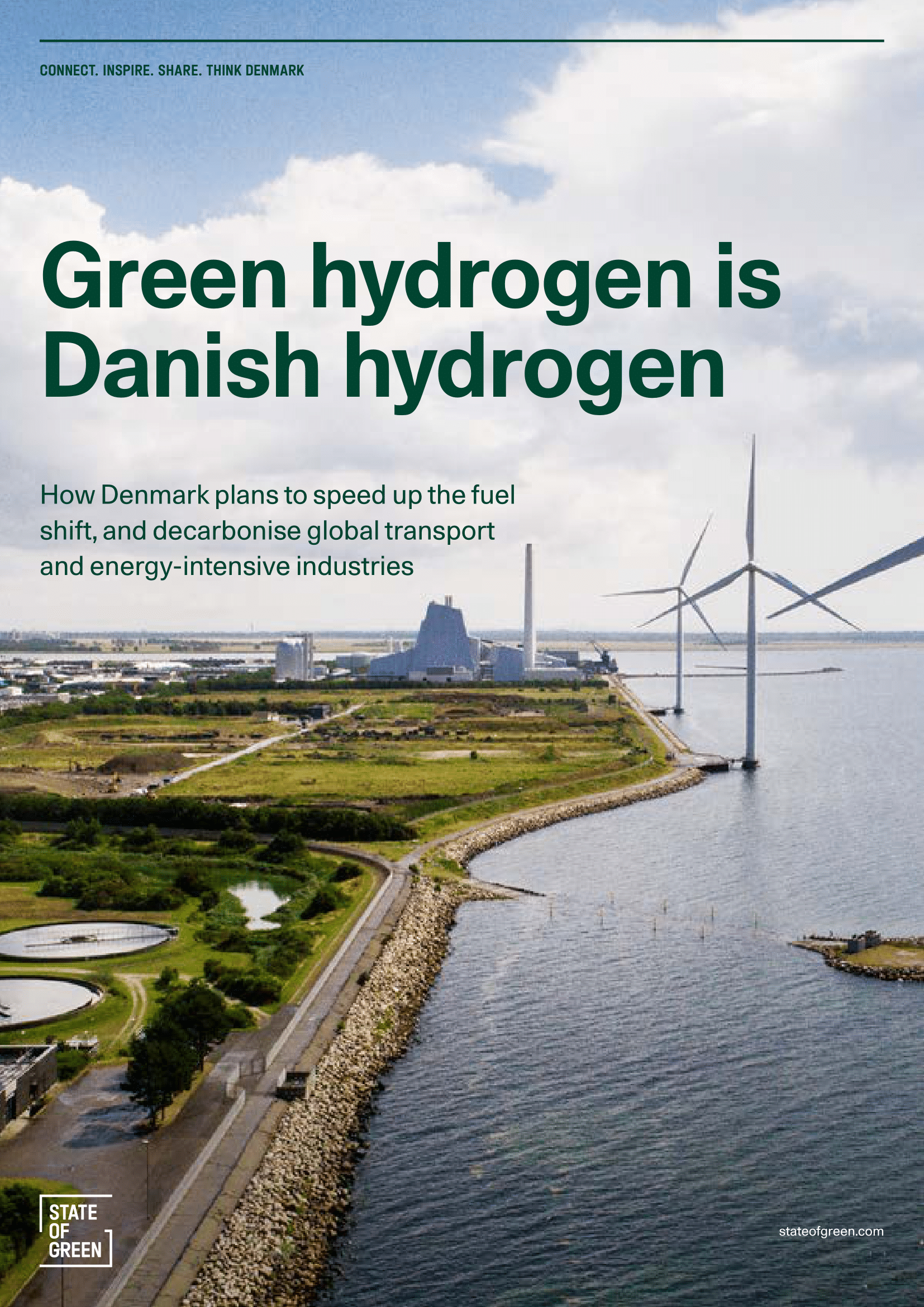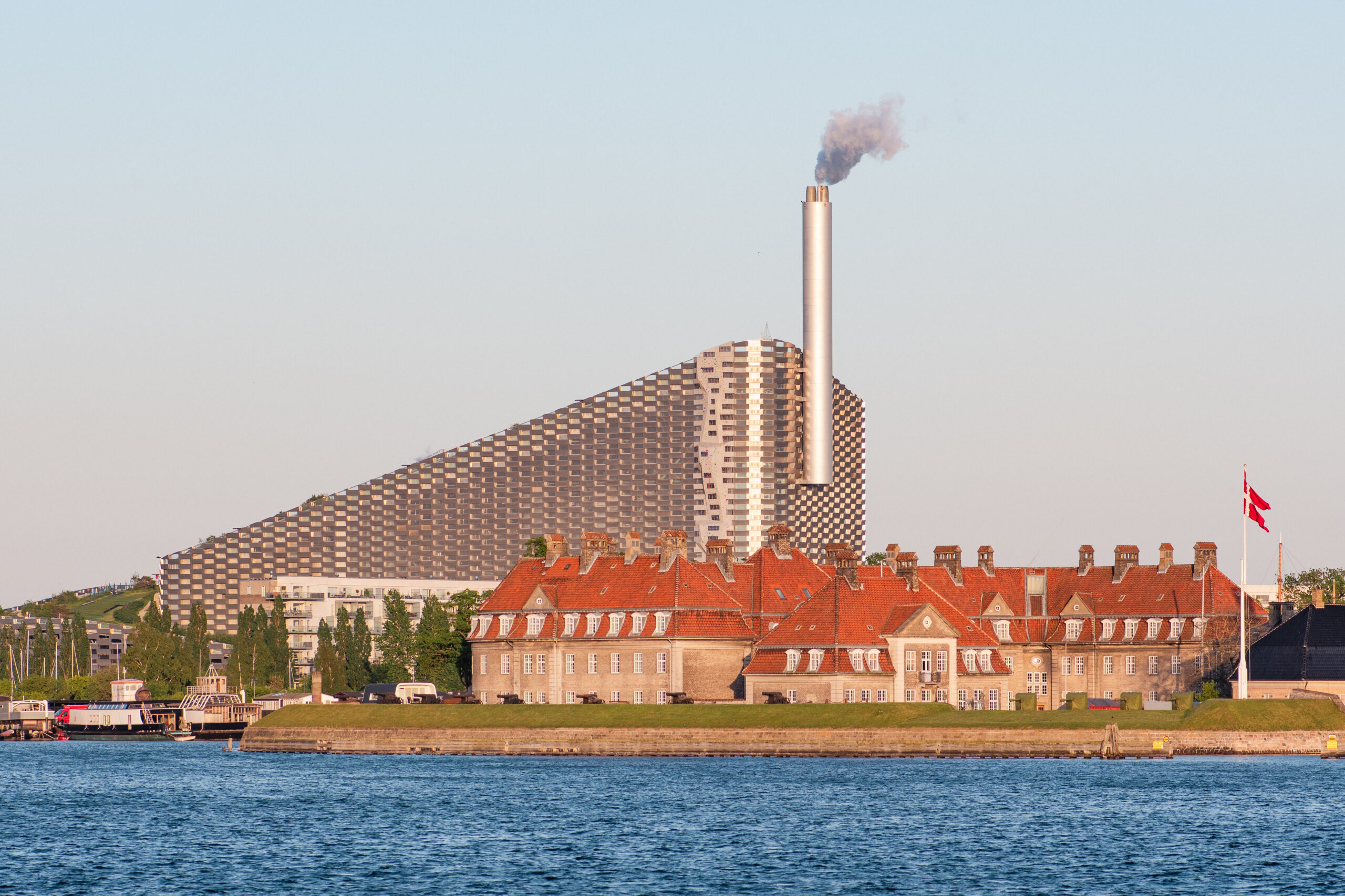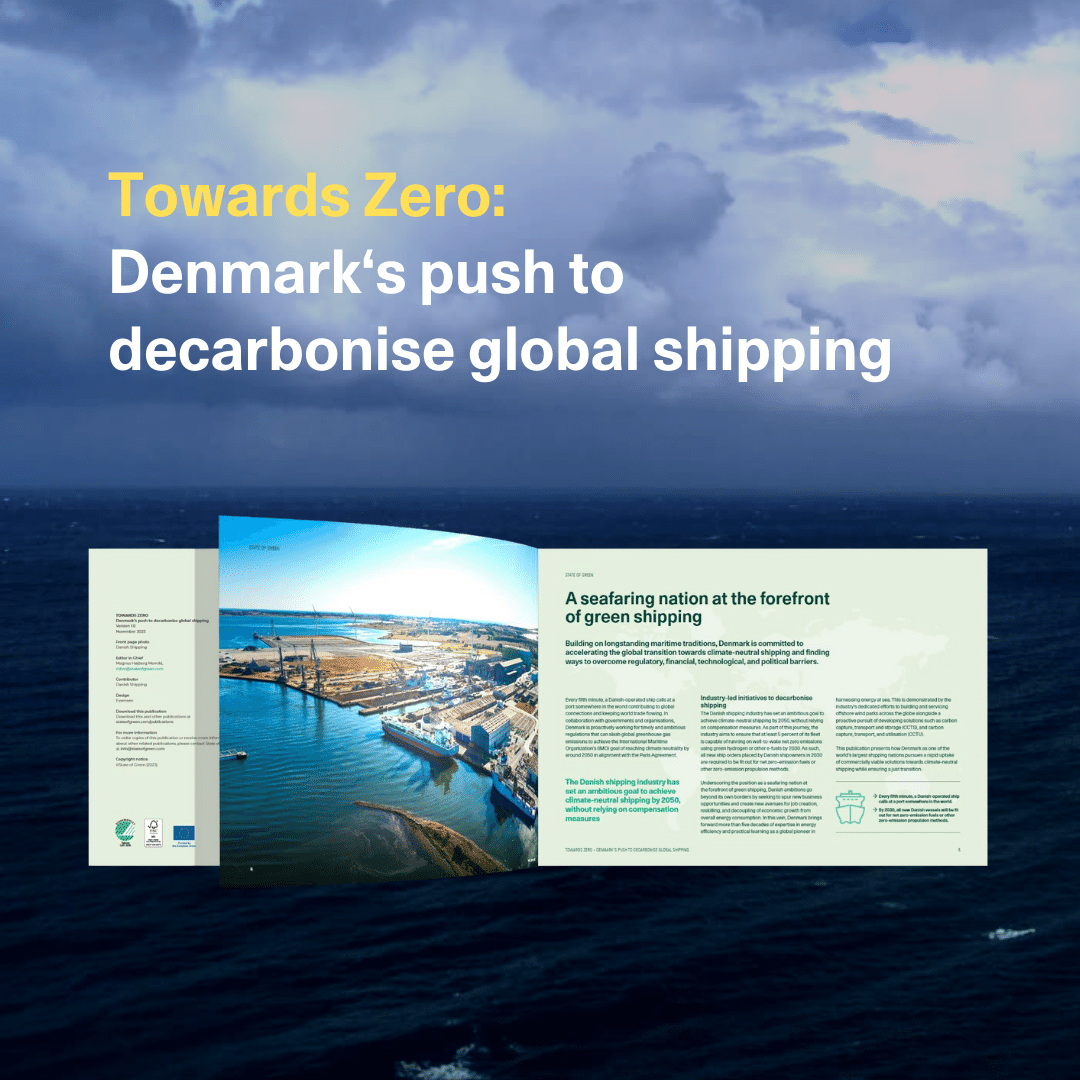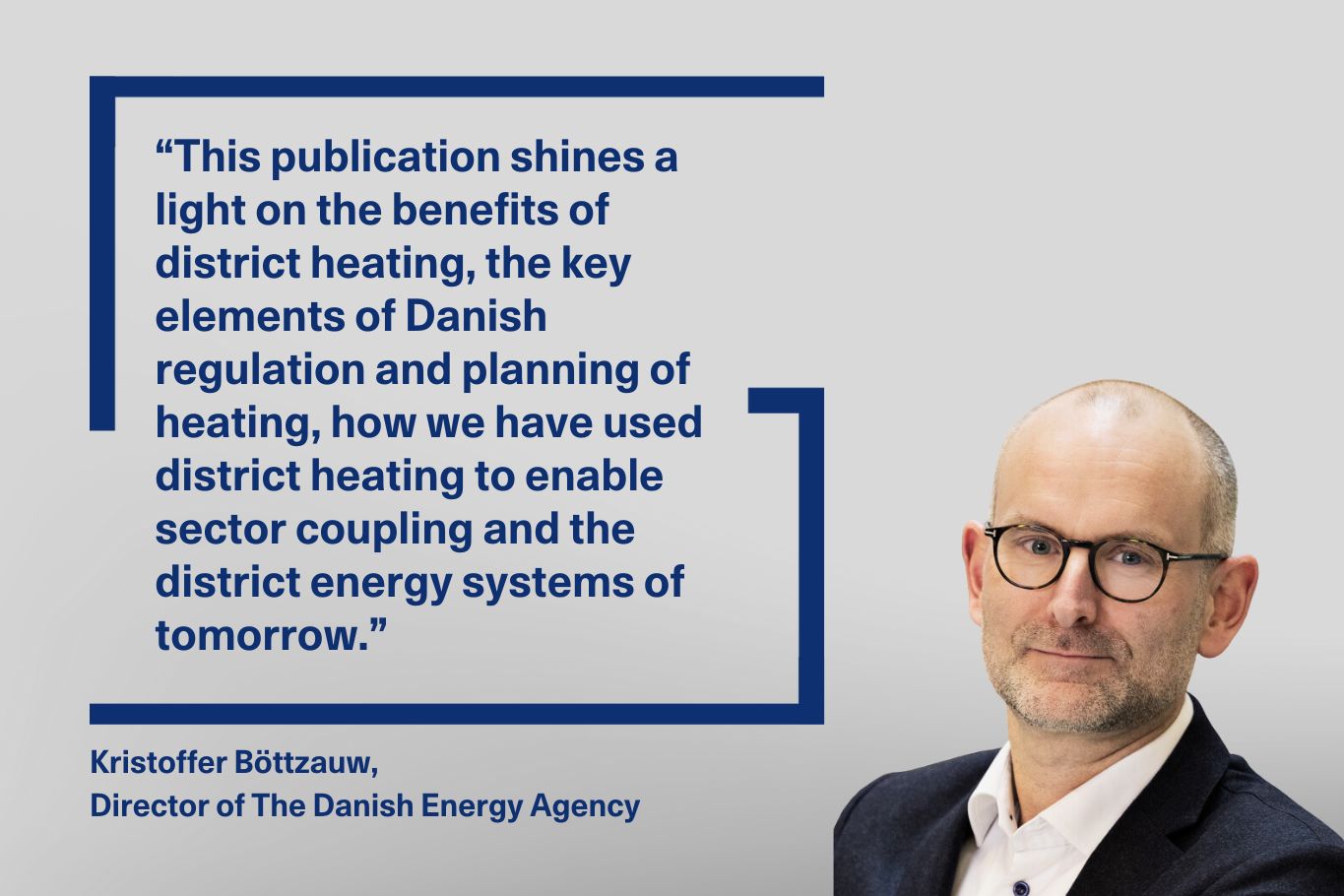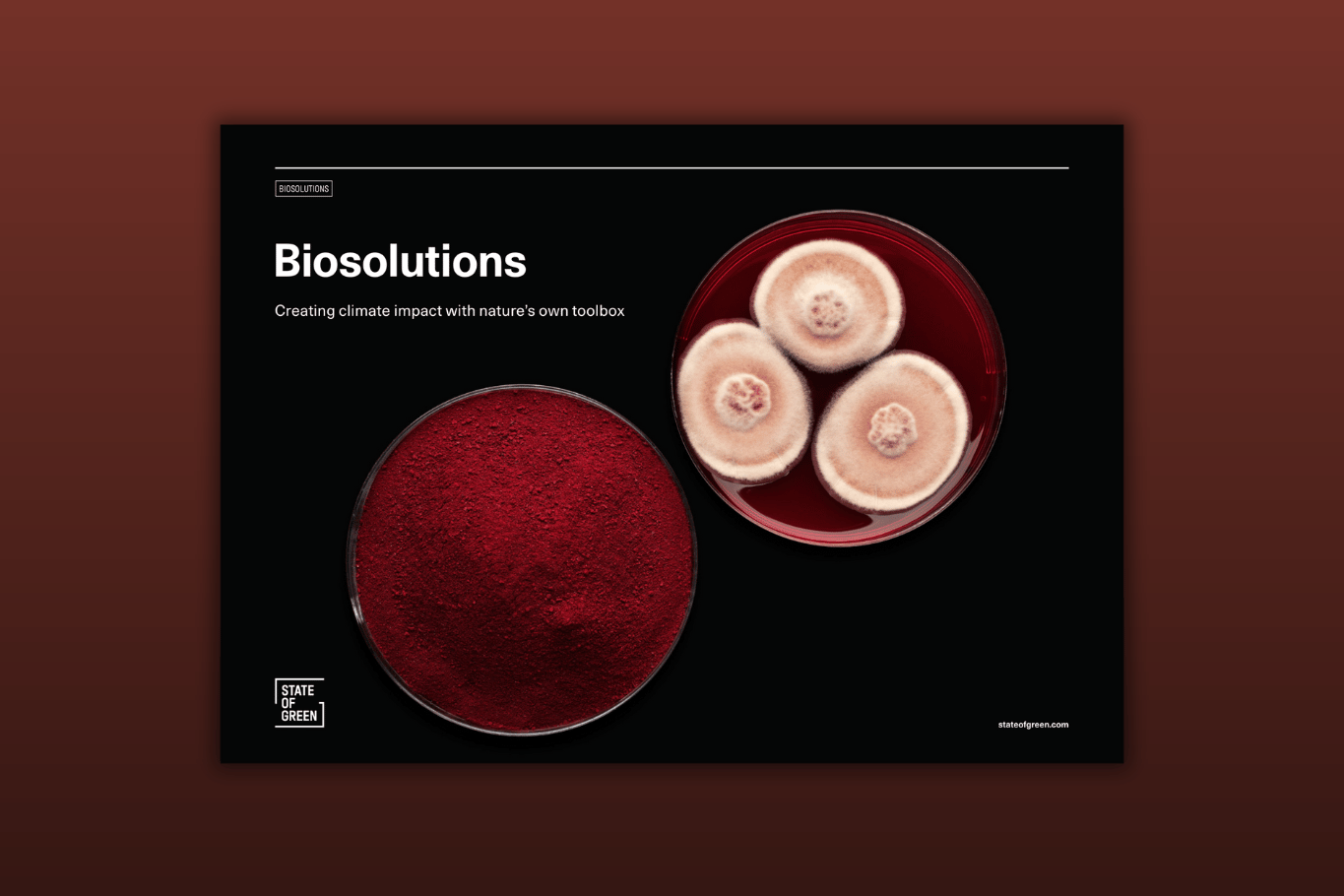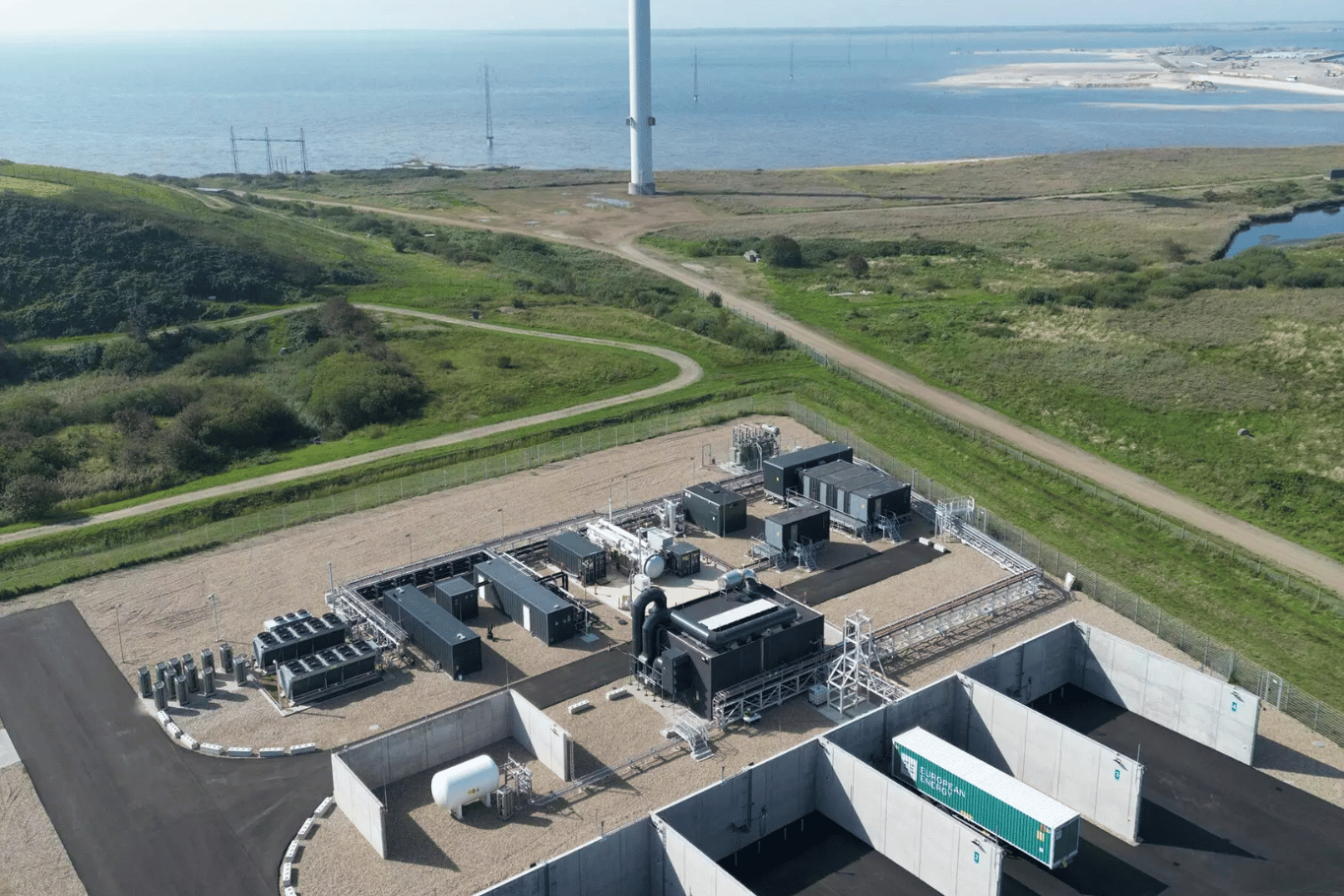In the late 1800s, the Danish physicist Poul la Cour developed some of the earliest functional wind turbines for electricity generation. His work laid the foundation for Denmark’s now well known legacy as a wind power nation. But there’s a hidden gem in his story, a part of his experimentation that’s now resurfacing as a vital piece of the clean energy puzzle. Because he didn’t stop at the question of how to create renewable energy. He also asked how that energy could be stored and used as fuel. And as it turns out, those questions have never been more relevant than today.
In this episode, we explore why green hydrogen and power-to-x is a natural next step in the journey towards a future powered by renewable energy:
Using green power to split water into oxygen and hydrogen, the process called electrolysis is exactly what Danish physicist Poul la Cour did back in the late 1800s when he was trying to figure out how to effectively store and utilize the excess energy created by his wind turbines. As a fuel, green hydrogen is completely free of harmful emissions and can be used both in its pure form or as a building block in further refining processes.
First, it’s important to say that we always support direct electrification wherever possible, as it is the most efficient pathway to decarbonization. However, the reality is that not all sectors can be easily electrified. Heavy industries, like steel manufacturing and chemical production, as well as heavy transport of shipping and aviation account for roughly 30% of global greenhouse gas emissions. For these sectors you need an alternative fuel.
When we talk about power-to-x, we like to tell people that it is the bridge between wind and solar, and the low carbon and e-fuels needed to replace the fossil fuels.
Therese Bording Hermann, Director of EU public affairs at Topsoe
Therese Bording Hermann is the director of EU public affairs and regulatory affairs at Topsoe, one of many Danish companies currently working hard to make the production of these green fuels a reality. And like she says, making it happen could help bring about crucial emission reductions globally.
So, what exactly are green fuels, and how do we make them? The short answer is that we take the energy from our renewable sources and use it to power chemical processes that give us carbon-free building blocks to produce fuels with. This is what is also known as power-to-x, as Eva Ravn, Chief Advisor on Power-to-X at Ramboll explains:
Power-to-x is a set of technologies that transform green power from wind, solar and hydropower into some substance X, and that X is an energy carrier. It can be hydrogen, it can be liquid fuels like methanol or ammonia. So power-to-x is how we utilize the green power into a substance with energy that we need for the green energy transition.
I realized at some point that if we want to continue flying and shipping, then we need a new artificial synthetic fuel. It’s fascinating that it can be made from the splitting of water. It’s the electrolysis and then combined with CO2 source or nitrogen from the air to form this liquid fuel that then can play the role that oil and gas used to play.
Eva Ravn Nielsen, Chief Advisor on power-to-x at Ramboll
The energy crises of the past few years have only highlighted the need for independent, integrated and diversified energy systems. Both in Denmark and in Europe the goals for the build out of renewable energy have been accelerated with numerous declarations like the Esbjerg Declaration. And increasingly these ambitions are being coupled with goals and strategies for electrolyser capacity and green hydrogen production.
I think, for me as well as for everybody else, it has been clear that this has huge geopolitical impacts as well. This is about security of supply. This is about ensuring that we can actually both save the planet in a climate sense that is, of course, extremely important, but also that we can create independent energy systems. That will enable us to produce the fuels and the components for other parts of our production value chain we need based on renewables, and thereby ensuring diversification and the security of supply.
Tejst Laustsen Jensen, CEO at Hydrogen Denmark
The above excerpt is from our episode discussing power-to-x and green hydrogen. To listen to the episode in its entirety, visit your preferred podcast app or click below:
We want to give special thanks to Therese Bording Hermann from Topsoe, Eva Ravn Nielsen from Ramboll and Tejs Lauststen Jensen from Hydrogen Denmark.

